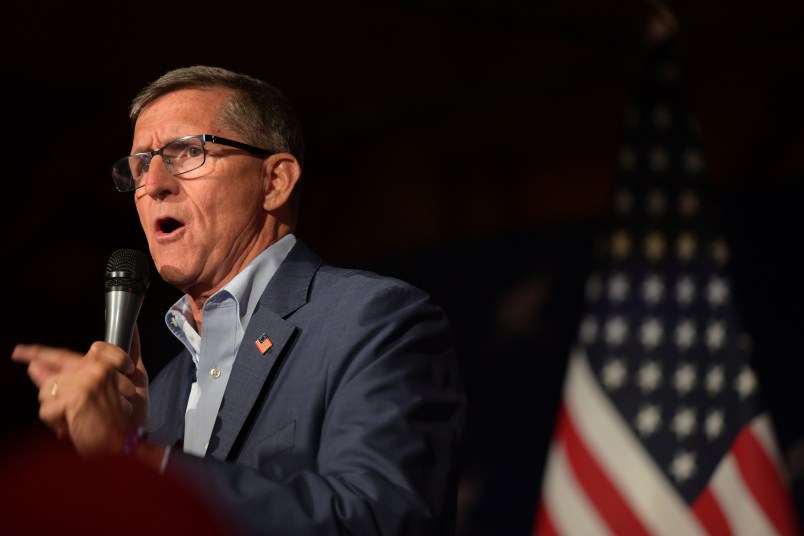The presidential oil spill commission Wednesday released a series of preliminary reports on how the BP oil disaster was handled. In one of the reports, the commission found that the White House stopped NOAA, the National Oceanic and Atmospheric Administration, from releasing its worst case scenario numbers in the days after the Deepwater Horizon exploded.
“By initially underestimating the amount of oil flow … the federal government created the impression that it was either not fully competent to handle the spill or not fully candid with the American people about the scope of the problem,” the report reads.
The story from the White House, needless to say, differs.
According to the commission, NOAA and the Coast Guard received worst-case scenario numbers — that the well could have been leaking up to 162,000 barrels a day — just a few days after the explosion. But when NOAA requested permission to release the information publicly, the White House, via the Office of Management and Budget, denied the request.
Instead, the official government estimate stayed at 5,000 barrels a day until the end of May, according to the report. Meanwhile, the report says, the Unified Command said publicly that it was responding to the spill as if it was the worst-case scenario, without disclosing those numbers.
The OMB and NOAA say they weren’t hiding anything. In a joint statement, they say the administration was open about a worst-case scenario as early as the beginning of May, less than two weeks after the spill.
“Senior government officials were clear with the public what the worst-case flow rate could be: in early May, Secretary Salazar and Admiral Thad Allen told the American people that the worst case scenario could be more than 100,000 barrels a day,” the statement reads. The agencies cite an AP story from May 2 in which Adm. Thad Allen told reporters about a “potential discharge” of 100,000 barrels a day.
The agencies also allege that the report NOAA wanted to release was actually about the impact of oil on the coastline, not the oil flow rate itself. And, they say, OMB merely suggested that NOAA incorporate into its report the mitigating effects of boom, skimming, and other activities.
“The issue was the modeling, the science and the assumptions they were using to come up with their analysis. Not public relations or presentation. We offered NOAA suggestions of ways to improve their analysis, and they happily accepted it,” Kenneth Baer, spokesman for the OMB, tells TPM.
OMB and NOAA also assert that the low flow-rate estimates didn’t negatively affect the administration’s response efforts.
“The facts bear out that the federal response significantly mitigated the impact of the spill,” they say.
The commission report, however, says that’s not really the point.
Federal government responders may be correct in stating that low flow-rate estimates did not negatively affect their operations. Even if responders are correct, however, loss of the public’s trust during a disaster is not an incidental public relations problem. The absence of trust fuels public fears, and those fears in turn can cause major harm, whether because the public loses confidence in the federal governmentâs assurances that beaches or seafood are safe, or because the governmentâs lack of credibility makes it harder to build relationships with state and local officials, as well as community leaders, that are necessary for effective response actions.
Late update: White House Press Secretary Robert Gibbs tells reporters that the commission apparently didn’t speak to the OMB for its report.









